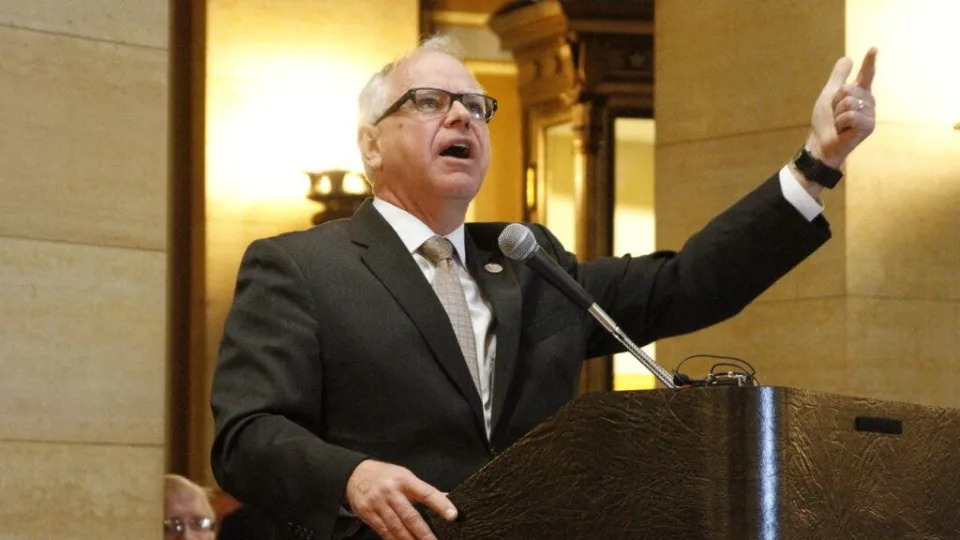In the wake of the U.S. Presidential Election, I was reading various round-ups and post-mortems when one article here at CoinDesk stood out as particularly good. EY professional Paul Brody argued that blockchain’s path to success lies in the extreme competition that it fosters.
Brody compares blockchain to the slow ascendency of Voice over IP (VoIP), writing: “Despite the internet’s inherent drawbacks, it has come to dominate communications because it is cheap, widely available and internet communications services are intensely competitive.”
Frankly, I think the comparison is inspired. I couldn’t help but feel that Brody glossed over one crucial piece of the equation, though.
Aaron Brogan is the founder and managing attorney of Brogan Law , a law firm specializing in cryptocurrency regulation
With respect to VoIP, he writes, “the entire cycle of deregulation, monopoly break up, reconfiguration, and shift to internet and mobile took place over 20 years.”
This comparison treats deregulation as a foregone conclusion, but I think it is actually the crucial blocking issue of our time. Since January 2021, Securities and Exchange Commission Chair Gary Gensler has implemented policy to stifle cryptocurrency’s development.
Now, with Donald Trump ascendent, the industry can expect a new SEC chair and new policy. But that will not be the end of the story.
Regulatory Arbitrage
The truth is, deregulation is not something that happens on its own. Cryptocurrency's value depends in large part on achieving it. These next four years will provide an opportunity to do so, but we should expect a battle. Here’s why.
Capital markets in the United States have been regulated by essentially one regime for nearly a hundred years. In the wake of the Great Depression, a series of legislation created the SEC and empowered it to implement certain requirements for companies seeking to raise public capital. This “ full array ” of securities regulation included the obligation to publish a prospectus, ongoing reporting requirements, and the requirement that certain financial intermediaries be registered as broker-dealers or national security exchanges .
Each aspect of this regime may be justifiable consumer protection, but the result of it all together is that accessing public capital markets is prohibitively expensive for all but the largest businesses. The accounting firm PWC estimates the average cost of even the smallest public offerings as between $2 and $12 million. Ongoing compliance is similarly expensive, such that even the SEC has recognized that “[t]he disclosure requirements place a disproportionate burden on smaller reporting companies in terms of the cost of ... compliance.”
There are a number of exemptions that allow the sale of so-called exempt securities, including Reg D, Reg A, and Reg CF. But these regimes seriously limit secondary market liquidity, and access to secondary markets is a crucial component to attracting primary investment.
The result is a drag on the real economy. So much that the management consulting firm McKinsey & Co. identified access to working capital financing as a limiting factor in the productivity of American small businesses.
Cryptocurrency was a technological development, but the effect of that development was to create “ regulatory arbitrage .” Without the old sclerotic restraints, the fresh capital markets that cryptocurrency exposed exploded almost immediately. In 2018 alone, cryptocurrency firms raised $20.3 billion in token offerings —compare this to the anemic $500 million raised in Reg CF offerings in 2023.
The difference was not just in the primary issuance. Secondary cryptocurrency markets were incredibly liquid almost immediately, which likely helped projects raise funds.
Although many companies that conducted initial coin offerings in 2017 and 2018 failed and lost all value quickly , a number of projects funded in this boom subsequently experienced sustained increases in value. Polkadot (DOT) raised $65 million in a public token sale in 2017, and now has a market cap of nearly $7 billion . Solana (SOL) raised $1.76 million in a 2020 public token sale at a price of $0.22 per token, which has now appreciated more than 900x to $198.89 per token. Chainlink (LINK) raised $32 million in a 2017 ICO priced at $.11 per token , which has since appreciated 123x to $13.56 per token .
Even though crypto has its boom-bust cycles, Chair Gensler’s 2021 ascendancy cast a pall over the industry independent of the usual volatility. Just look at the CoinDesk 20 index of the largest cryptocurrencies—only one launched after January 2021.
Looking back now, this regulatory intervention makes sense. If the greatest power of cryptocurrency is to create plausible methods to avoid over-intrusive regulatory requirements, then its existence is a direct challenge to regulators' power.
Cryptocurrency and the American economy as a whole are not zero-sum competitions. When crypto projects and small businesses succeed, we are all enriched. The competition between the SEC and the cryptocurrency industry, on the other hand, is zero-sum. Either the SEC can ban these markets, or cryptocurrency projects can access them. Both cannot be true at once.
The Years Ahead
Now, Donald Trump has promised to lift the implicit ban on crypto projects, that “ [t]he rules will be written by people who love your industry .” The industry is rightly cheering his election as a bullish indicator.
But hold off on the victory lap—this is just the beginning. When you recognize that crypto disempowers the SEC, it is obvious that the agency will never give up freely. Whoever Mr. Trump picks as SEC chair will be friendlier to the industry than Chair Gensler by default, but they will have the same incentives to preserve authority. And four years from their appointment they will be gone, and anyone could take their place.
What the crypto industry won on Nov. 5, then, was a chance. From now until January 20, 2029 we have to push the pedal to the floor—to ensure that whoever comes next at the SEC can never disempower the industry again.
The way I see it, that task is two-pronged. First, the industry has to continue to expand retail adoption to gain enough consumer support that it is indispensable. When Uber’s feet were being held to the coals, it was retail customers' messages to politicians that saved it. Crypto is the natural sector to repeat this playbook, so our value proposition to the retail voter should be undeniable.
Second, we should work with our new allies in Washington to implement a legislative solution to permanently inculcate cryptocurrency as a regulatory third way. There can be no half-measures. Only Congress can build a foundation beyond the reach of future regimes.
The clock is ticking.
Note: The views expressed in this column are those of the author and do not necessarily reflect those of CoinDesk, Inc. or its owners and affiliates.





